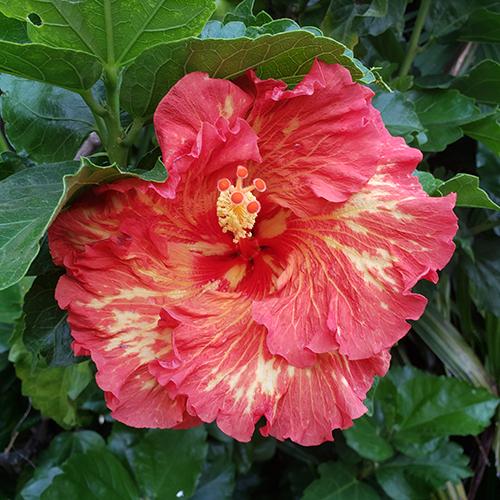
Benefits of Hibiscus
Hibiscus helped save our puppy We found a pedigree Golden retriever for sale for $50 in the local paper. At the time, they were selling
San Diego encompasses coastal valleys, mountains and desert. This geographic diversity and a temperate climate provide life zones favorable to a variety of native plants.
The native San Diegans, several local tribes, had a sacred relationship with their medicine plants. They used them with ritual and prayer.
One native plant used by native people is white sage, Salvia apiana. You may have seen it in health food stores tied in bundles as natural incense or “smudge sticks.”

It grows from coastal areas to the mountains. Entire hillsides are covered with it in some areas around Ramona.
A member of the mint family, white sage has had many uses as food and medicine, as well as in ceremony.

The young stalks were eaten raw. The seeds toasted and ground with wheat and wild oats, were eaten as a dry cereal.
A few leaves placed in hot water made an agreeable and stimulating tea beneficial for quickening the memory and senses.
By lightly boiling some leaves in water and breathing the steam, congested lungs were relieved.
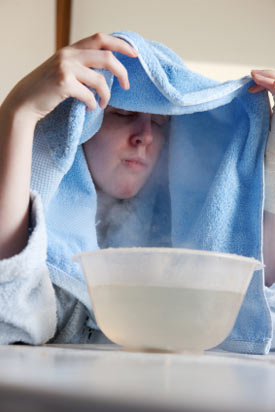
We burn sage to cleanse our home and office. It clears the space of residual energies. This practice precedes native rituals.
The burning smoke is wafted around people and places, usually with a feather.
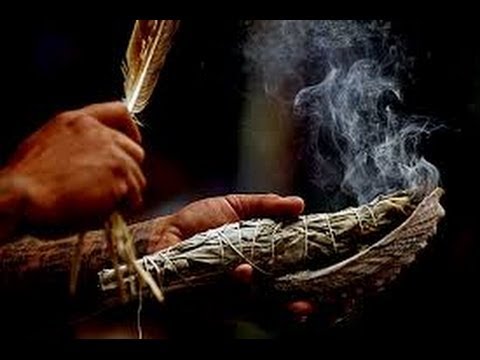
To help repel insects when out hiking or collecting herbs, the aromatic leaves can be rubbed on exposed parts of the body.
The natives also used a nightshade, the jimsonweed, Datura meteloides, Datura wrightii, which they call Toloache (tow low ah’ chay).
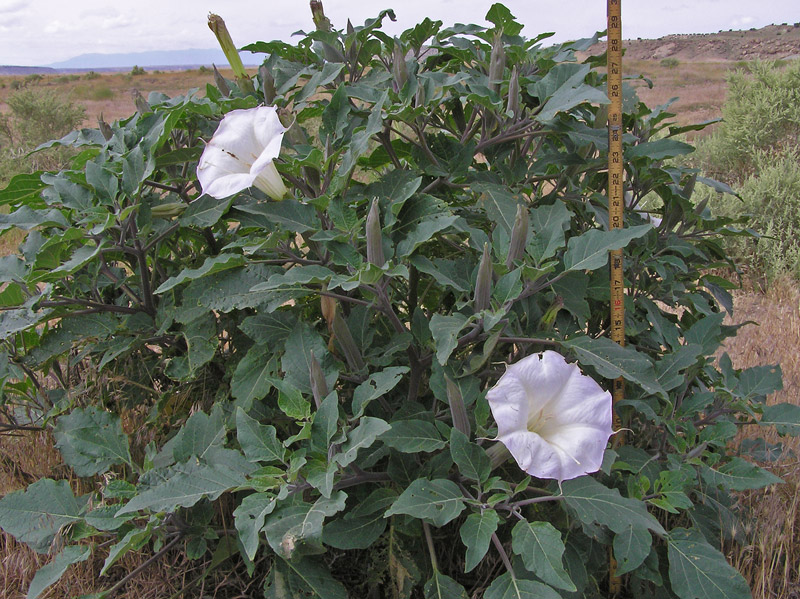
It was brewed as a narcotic tea, given to young men learning ceremonial dances.
It is no longer in general use but is taken at annual tribal gatherings.
I have smoked small amounts of leaf material of the jimson without much effect. Some friends reported headaches lasting all day after smoking it.
It is not advised to run out and start gathering and using these power plants until you understand their proper dosages and applications.
The active principles of Datura are toxic in moderate dosage. These include strychnine, hyoscine (scopolamine), and the belladonna alkaloids (hyoscyamine and atropine). Misuse can lead to nausea, paralysis and death.
Proper identification is also essential in wild plant use.
I have begun to know the plants, even the “poisonous” ones
I have eaten small amounts of leaves of the poison hemlock, Conium maculatum.
Hemlock belongs to the family of Umbels to which parsley, fennel and carrot also belong.
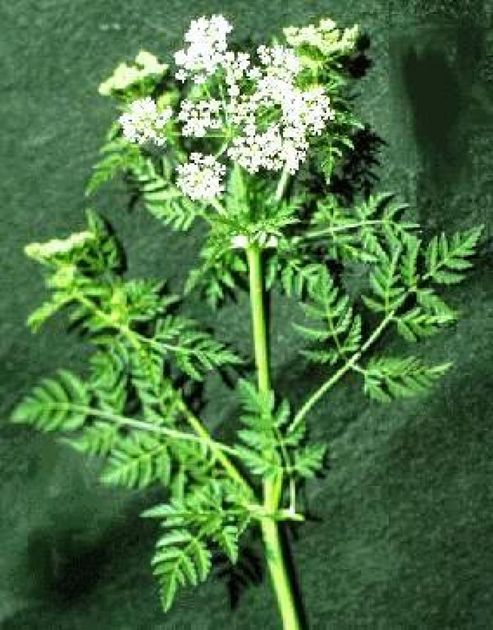
Like many Umbels Hemlock contains an acrid, watery juice, more or less narcotic when taken in small doses but fatally poisonous in moderate doses.
In small medicinal doses, on account of its peculiar sedative action on the motor centers, Hemlock juice (Succus conii) is prescribed as a remedy in cases of undue nervous motor excitability, such as teething in children, epilepsy from dentition, and in spasms of the larynx.
As an inhalation it is said to relieve cough in bronchitis, whooping-cough, and asthma.
In Europe it was frequently used to execute criminals, including Socrates (who was technically innocent).
I also eat the much maligned poison oak, Toxicodendron diversilobum.
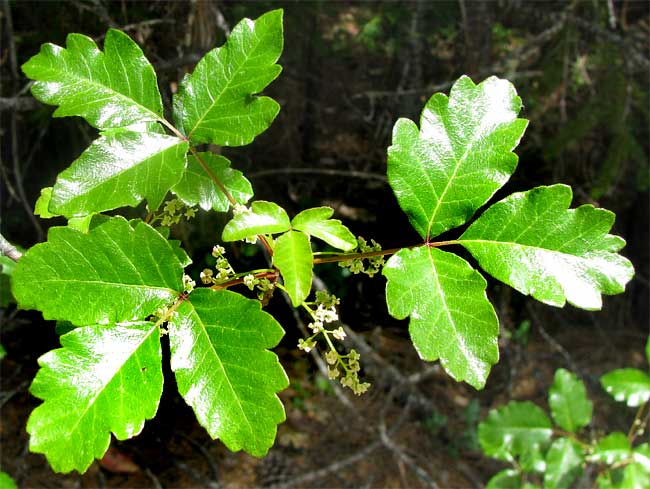
When I found that the natives wove baskets with it I knew there must be a way to approach it without invoking its wrath.
Again, I don’t eat much. One small leaf at a time is sufficient to build a relationship with the plant.
It also helps to sit and meditate with the plant to form a relationship with the plant’s spirit.
Natives used a poultice of the leaves as a cure for warts, ringworm and rattlesnake bite.
I have come to regard it as a protector of the wild places. If one can’t get by this plant, they won’t get far off the trail with their disposable diapers and beverage cans.
Mugwort, Artemisia douglasiana is one of our favorite native plants.
It grows in moist places along the banks of streams and along roadways where water runs off.
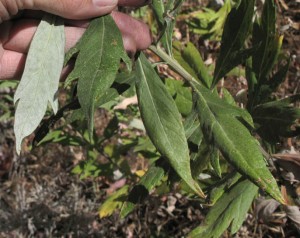
In the middle ages it was known as Cingulum Sancti Johannis, as it was believed John the Baptist wore a girdle of it in the wilderness.
It was thought to protect one from sunstroke, fatigue, wild beasts and evil spirits.
It is a protector plant, warding off bad energy if grown around the home.
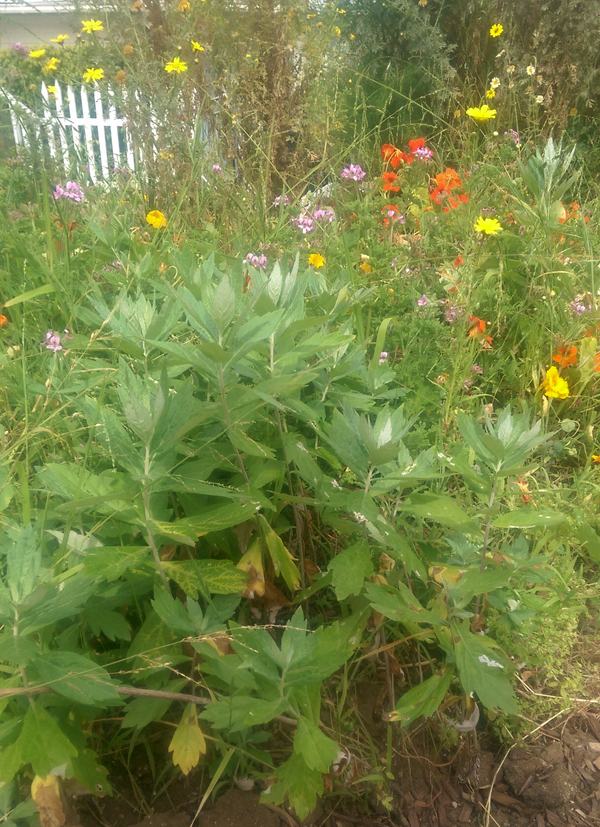
Hung in bundles in corners of a room, it will drive off spirits.
While living near the Russian River in Sonoma County, we picked bushels of mugwort to put in dream pillows.
The mugwort would stimulate vivid, epic-length dreams.
Large bundles of it hung to dry from the ceiling of our home. We would awaken at night and give accounts of the incredible dreams we were having.
Finally we hung a screen of drying roses above our heads to soften some of the effect.
It wasn’t until sometime later that we found reference to mugwort as an aphrodisiac. We thought it was just the romantic location near the river that had made our summer so amorous.
We gave dream pillows to some friends in Humboldt County. They reported being so stimulated they couldn’t sleep with it in the house.
Smoking the herb or drinking a tea will also activate the subconscious processes.
I attended a full moon dream circle on a mountaintop meadow with a group of herb students.

We placed mugwort stalks in a circle connected by ribbons. We drank mugwort tea and smoked mugwort. We then slept with our heads in the center around our mugwort stalks.
Some wild dreams were recounted the following morning.
Medicinally it’s used as a digestive aid, nerve sedative and female reproductive tonic.
If you compare our local variety with mugwort available commercially (Artemesia vulgaris from Europe) you will find ours five to ten times more potent.
Asian species of mugwort are used in the preparation of Moxas, burning sticks or cones used in acupuncture to stimulate local energy flow.
Mugwort is closely allied with wormwood, Artemisia absinthium, a primary ingredient of the narcotic herbal liqueur, absinthe.
Absinthe was widely made (and often abused) in Europe before being banned by Napoleon.
It is also related to southernwood, Artemesia abrotanum, (also known as lad’s love and maiden’s ruin) a common herb in San Diego with mild muscle relaxing and aphrodisiac properties.
Another of the local plants that has found its way into our lives is tree tobacco, Nicotiana glauca.
This nightshade is a traveler. No one really knows how it got to San Diego in the first place.
It’s a native of South America.
One theory is that it was brought by the Spanish as they colonized north. Another theory holds that it was traded from one native village to the next, walking, in effect, all the way.
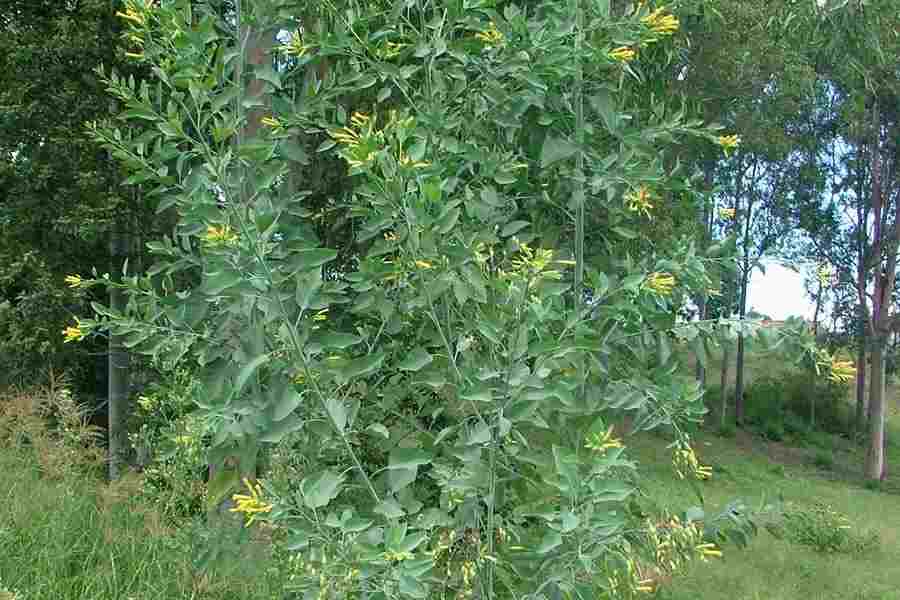
It is a beautiful, if poisonous (and narcotic), tree reaching a height of about twenty feet.
The poisonous tobacco is in the leaves.
Persistent yellow tubular flowers are seen most of the year.
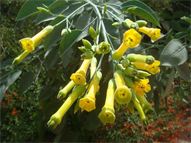
My granddaughter loves to suck the nectar out of the flowers.
It’s related to the aboriginal Indian tobacco, Nicotiana attenuata, smoked by natives here in earlier times.
We have not found it to be of much appeal as an herbal smoke but its content of nicotine makes it an excellent insect repellent for garden plants.
Simmering the leaves to make a tea (a decoction) for an hour or so will produce an insecticide that can be sprayed on plants.
Don’t worry, it won’t make them toxic.
Getting to know them can be an adventure which I have found stimulating and rewarding.
Teaching comprehensive holistic education since 1985.
We are currently offering interactive hybrid courses including Herbal Fundamentals, Energy Healing, Aromatherapy and Clinical Herbology
Hybrid means you may choose to participate in each individual class in the hybrid course online or in person.
All of our products are made with love from organic, all-natural and ethically sourced ingredients.
We began making and perfecting our own herbal remedies more than thirty years ago and offer our favorite products for purchase.

Hibiscus helped save our puppy We found a pedigree Golden retriever for sale for $50 in the local paper. At the time, they were selling
Hawthorn Berry Hawthorn is known as the heart herb for its many benefits as a heart tonic. The berry has been a key part of
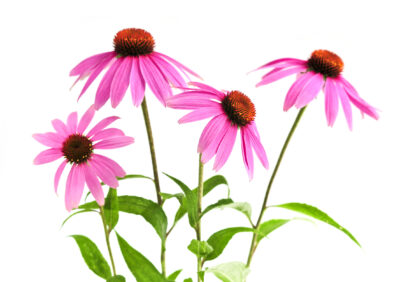
Can you take herbal supplements to arm your immune system? You probably know that zinc, vitamin D and vitamin C are gotta-have-its. How about herbal
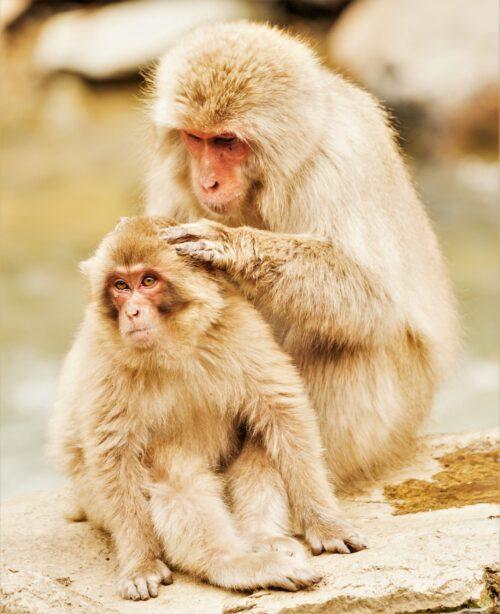
While attending San Diego State College in the early seventies, my work-study job was in the vivarium, a room for keeping and raising animals for